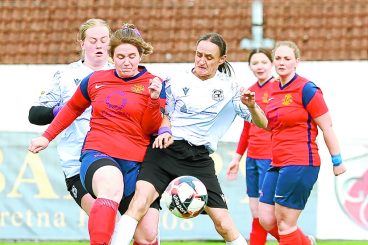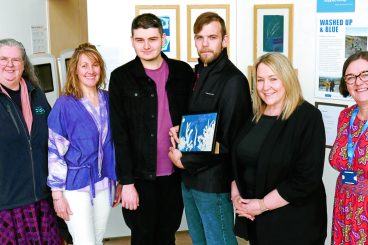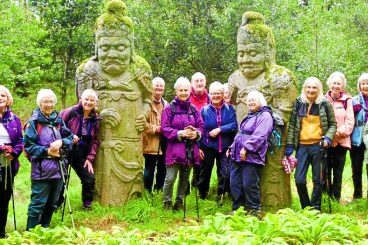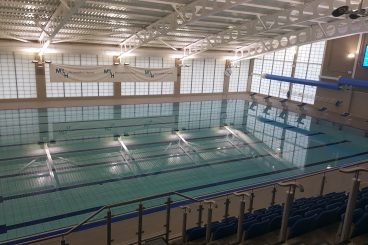NHS public health officials and the military have carried out the ‘considerable amount of testing’ and will continue to do so going forward, with the service operating seven days a week.
Dumfries and Galloway’s interim director of public health Valerie White said: “The aim of this approach is to reduce transmission of Covid-19 within our community by tracing people who may have come into contact with someone infected and providing them with appropriate advice and support to prevent these contacts from passing on the disease to others.
“As is outlined in the Scottish Government publication, we need to learn from our experience and this means the approach we take will develop and evolve over the coming days and weeks. We will also modify our approach in line with national systems as they come on stream.”
She said criteria for testing has continued to evolve and pointed out that tests can now be booked online for anyone aged five and over within a household who displays symptoms of coronavirus. For information, visit the website www.nhsinform.scot/coronavirus
Those who test positive will be asked to self isolate for a period of seven days (or longer if they remain unwell). And those who are classified as close contacts of positive cases will also be asked to self isolate for 14 days. If these contacts later start to develop symptoms, the process will begin again with regard to their close contacts. For the purposes of contact tracing, a close contact is someone who has been physically close enough to a confirmed case for a long enough period of time that they may have had the infection transmitted to them. For Covid-19, this includes everyone who has been less than two metres away from a confirmed case for 15 minutes or more. The risk of the disease being transmitted is higher the closer the contact, the greater the exposure to respiratory droplets e.g from coughing, or the longer the duration of the contact.
Ms White added: “There are several scenarios in which people could be exposed to Covid-19. Each situation needs to be carefully reviewed and risk assessed according to the risk of transmission, which is not the same in all scenarios – i.e. where appropriate PPE has been used.
“Covid-19 is an extremely complex virus and we thank you in advance for your support and patience with the TTIS programme.”
Meanwhile, South Scotland MSP Colin Smyth has asked First Minister Nicola Sturgeon for assurances that the Scottish Government’s planned Covid-19 ‘test and protect’ system will be compatible with systems and processes south of the border. He highlighted specific issues relating to Dumfries and Galloway where in normal times around 4000 people travel to Cumbria for work, education, health and leisure. Mr Smyth said: “Can she give us an assurance that any interaction that my constituents have with people who live in the north of England who test positive for Covid-19 will be picked up by the test and protect system? Will interactions with people from England who work in Scotland also be picked up, and will that include the technological solutions, meaning that systems and processes on both sides of the border are compatible?”
Speaking afterwards, he added: “Nicola Sturgeon did not give me the assurances I was looking for in her answer to parliament. “While she rightly said that public health experts are used to dealing with infections which cross borders, I am still looking for some concrete plans about how the Scottish Government’s test and protect system is going to marry up with the UK Government’s tracing programmes. There are serious practical issues for the thousands of people who live in Dumfries and Galloway. We must ensure that there is collaboration and integration on this issue as a matter of urgency.”























